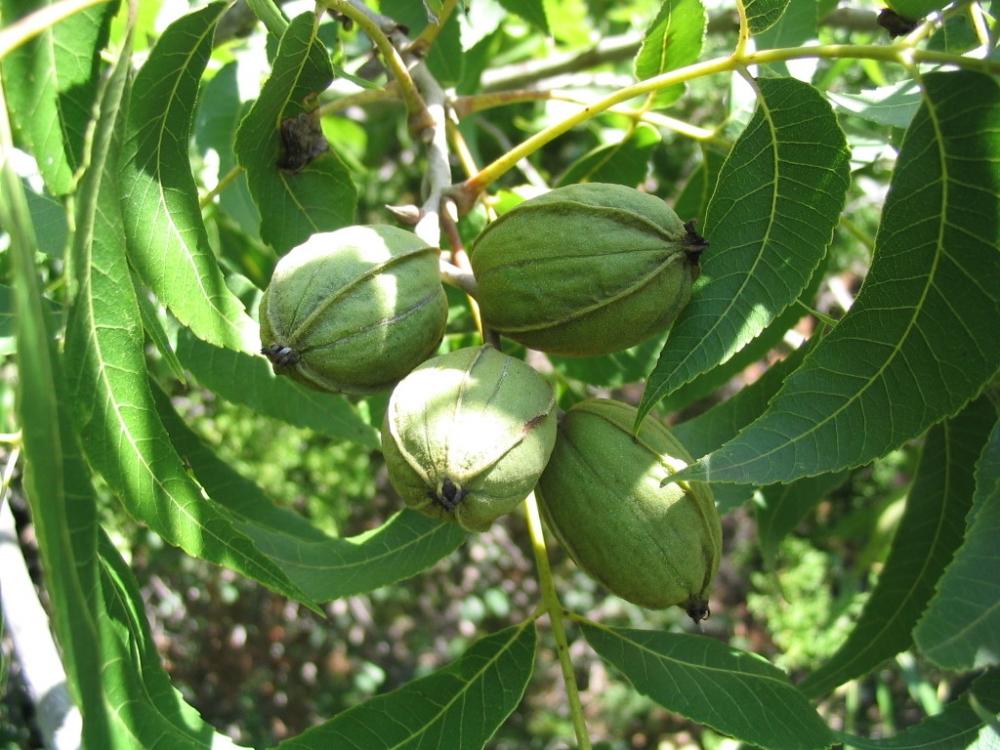
Caption
An international team of researchers, including four at the University of Georgia, are looking for ways to adapt one of Georgia’s top commodities: pecans.
Credit: GPB / File
An international team of researchers, including four at the University of Georgia, are looking for ways to adapt one of Georgia’s top commodities: pecans. The adaptations aim to help the plant survive a changing climate. GPB's Devon Zwald reports.

An international team of researchers, including four at the University of Georgia, are looking for ways to adapt one of Georgia’s top commodities: pecans.
An international team of researchers, including four at the University of Georgia, are looking for ways to adapt one of Georgia’s top commodities: pecans. The adaptations aim to help the plant survive a changing climate.
One practice they’re looking at would actually change the look of the tree.
Growers in the Southeast often include drought, severe storms, and rainfall and humidity as a result of climate change. These challenges can create conditions for a disease called pecan scab, according to Lenny Wells, professor of horticulture at UGA.
His pecan research is looking at hedge pruning — a practice that creates a smaller, more compact tree.
Wells said hedged trees had 60% less damage than non-hedged trees after Hurricane Irma in 2017.
“And hedge pruning offers a way to minimize that damage because you don't have such a large tree out there that when you have a big canopy on a tree like that, it presents a lot of sail that that can catch the wind and then blow those trees over," he said.
Wells' study is also looking at genetics and other management practices to make pecans more resilient.